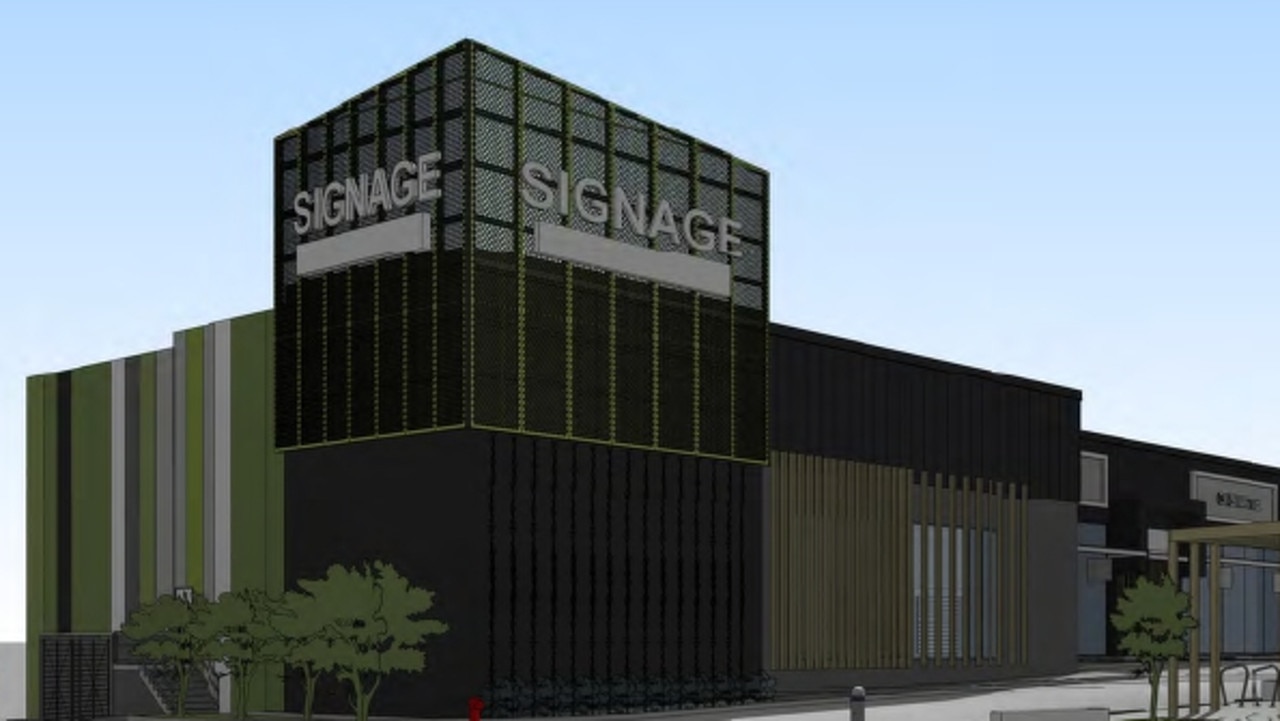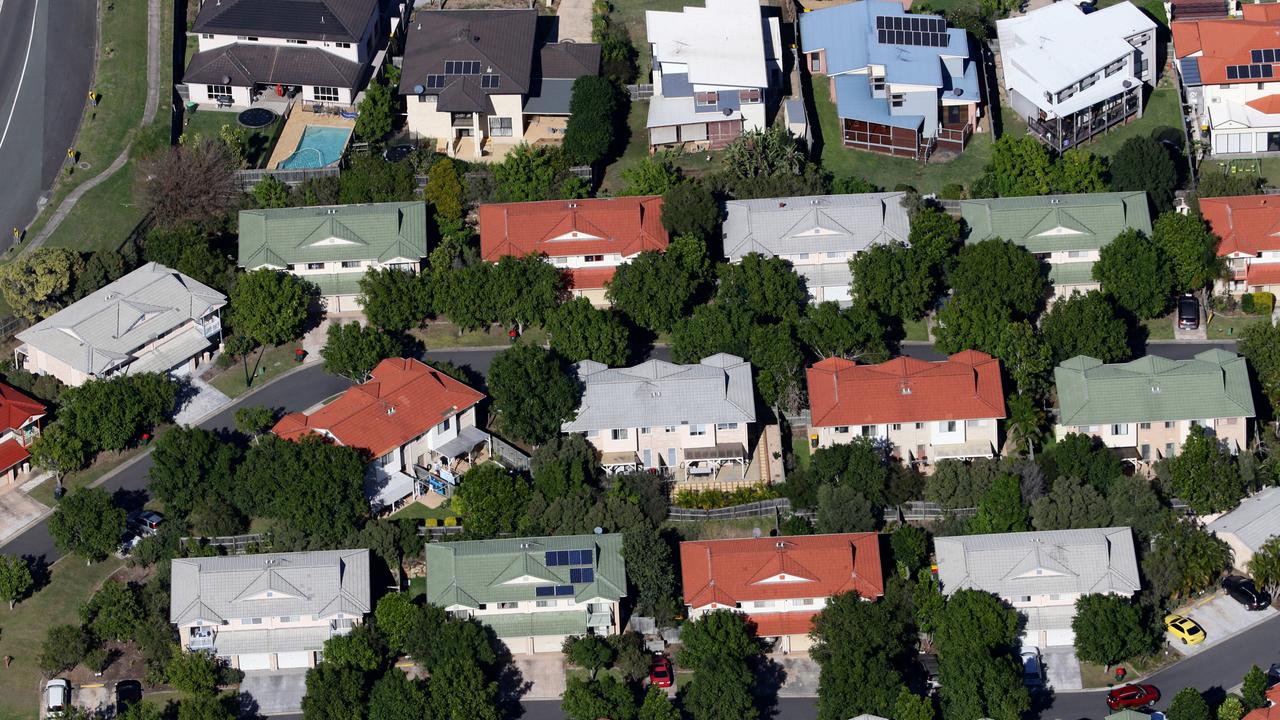John McGrath: Melbourne’s slower rebound makes it a desirable spot to invest now
Melbourne market’s bounce back in 2023 is at a slower pace than the other East Coast capitals, but there are signs that are giving buyers a chance to take advantage, writes John McGrath.
Property
Don't miss out on the headlines from Property. Followed categories will be added to My News.
The Melbourne market is rebounding in 2023 but at a slower pace than the other major East Coast capitals. This is giving buyers more time to take advantage of last year’s price correction.
Melbourne home values are up 4 per cent in 2023 while Sydney and Brisbane prices are up by more than 10 per cent.
Melbourne property prices remain -3.7 per cent below their March 2022 peak, according to CoreLogic.
RELATED: Worst suburbs to try and find a Melbourne home revealed
Best way to beat rate pain as hikes bite around Victoria
Melbourne on track for wrong home boom
The median house price in Melbourne is currently just under $940,000 and the apartment median is $615,000.
Melbourne’s inner city, inner east and south east markets are seeing the strongest results. Rising interest rates have reduced the ability of first-home buyers to enter the Melbourne market when compared with the low fixed-rate environment of 2021.
Despite this, there was a 2.6 per cent month-on-month increase in new loans to first home buyers in Victoria in June 2023.
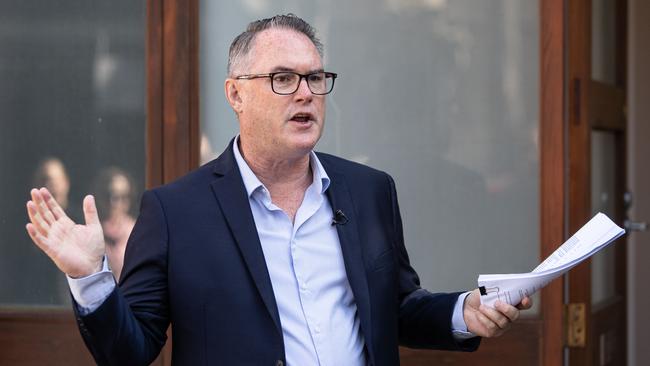
The rental market has been placed under immense pressure from the return of international
students and professional workers. While final figures are not yet available, net overseas migration in Australia was forecast to be 400,000 in 2022-23 and is predicted to reach 315,000 in 2023-24, and traditional population patterns suggest Melbourne will be one of the favoured destinations among many new arrivals.
Vacancy rates reached a record low during FY23, and currently sit at 0.8 per cent. Rents in Melbourne grew 12.6 per cent in the 12 months to June 2023 and recorded the highest increase in the country during the June quarter.
This trend has been particularly pronounced in inner city apartment markets and marks a stark
contrast from the peak of the pandemic when Melbourne’s inner city vacancy rates increased
dramatically.
Despite the recovery in rents, inner city apartment price growth remains sluggish, although investor lending rose 1.3 per cent in June 2023.
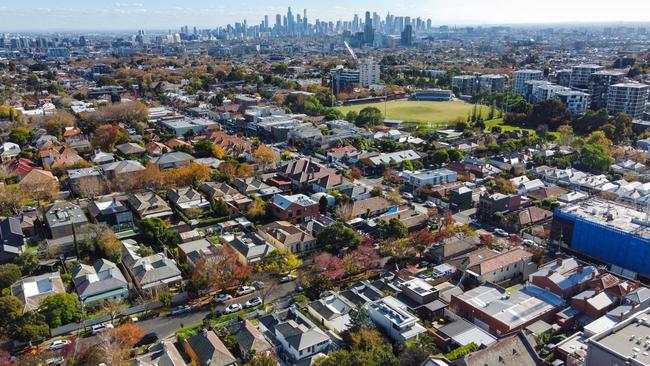
It’s unlikely that this population-based demand will dissipate any time soon, with record rates of migration predicted to continue over the next year.
Melbourne is on track to have one third of Australia’s entire population growth in the next decade, and overtake Greater Sydney for the title of Australia’s most populous city by 2031-32.
This growth story is expected to boost demand for Melbourne property in the medium-to-long term, with population pressure likely to outweigh any rise in interest rates.
However, it is yet to translate into an uptick in foreign buyer activity.
Regional Victoria is also rebounding at a slower pace than other East Coast regional markets.
Dwelling prices are down -2.2 per cent in 2023 compared to 1.9 per cent growth in regional NSW and 6.9 per cent growth in regional Queensland.
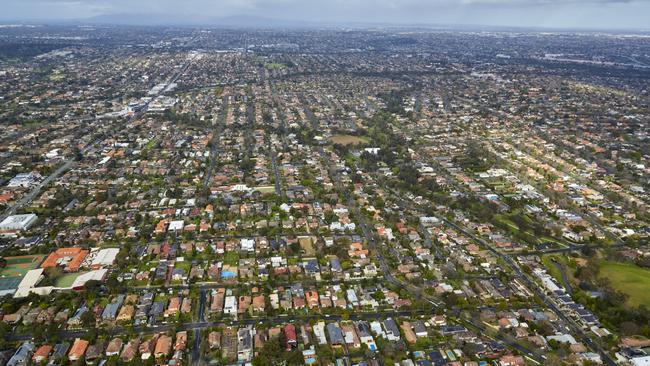
Key regional markets such as Geelong and Ballarat have recorded a reduction in demand, with prices falling and days on market increasing in both areas.
Everything that has long made Melbourne one of the most liveable cities in the world remains
proudly on display. As more and more new arrivals call the city home within the next decade, the Melbourne market’s best days may well lie ahead.
— View the McGrath Report to see my top Melbourne suburb picks for 2024.
Sign up to the Herald Sun Weekly Real Estate Update. Click here to get the latest Victorian property market news delivered direct to your inbox.
MORE: Panton Hill Winery where Neighbours filmed looking for a corking sale
Windsor: Inside illustrator Bettina Guthridge’s 162-year-old converted farmhouse
A-League: Luxe Peninsula farmhouse of commentator Michael Zappone hits the market

